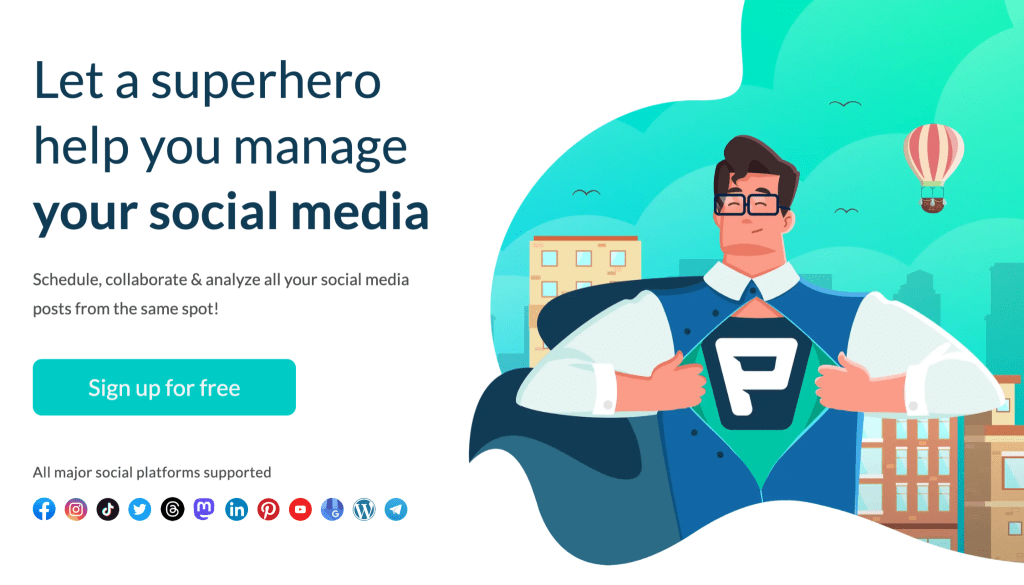
What Is Social Selling Anyway?
Social selling is a term that you might hear thrown around a lot these days, but what does it actually mean? What is social selling, really?
Social selling is the use of social media to connect with potential customers and build relationships that lead to sales. In other words, it’s using social media to do what salespeople have always done: build relationships and sell stuff.
The beauty of social selling is that it levels the playing field. Prior to social media, the only way to reach large numbers of people was through big advertising campaigns or by cold-calling individuals one at a time (neither of which are particularly effective). But now, thanks to social media, any salesperson can reach huge audiences with very little effort.
In this post, we’ll take a closer look at what social selling is, why it works, and some tips for doing it effectively.

Social Selling Vs. Social Media Marketing
Historically, sales and marketing have always been two distinct industries with similar goals. With the invention of social media, they’ve become more intertwined than ever before and the line between social selling and social media marketing can be tough to identify.
The key difference between social media marketing and social selling is that social media marketing is one-sided, while social selling is two-sided. When you’re engaged in social selling, you’re not just pushing your products or services to potential buyers you’re also listening to what they have to say and engaging with them in a meaningful way. While both initiatives use social media in common the approach differs between the two.
In a nutshell, social selling is about building affinities and trust, while social media marketing is about promoting and selling products or services. Of course, there can be overlap between the two – for example, you could use social media to build relationships AND sell products – but in general, they are two distinct methods with different objectives.
What Are The Benefits Of Social Selling?
Social selling has become a significant part of the mix for many businesses. But what are the benefits of social selling? And why should you consider using it as part of your strategy? Here are a few key benefits of social selling:
- Increased sales. When you use social media to sell your products or services, you’re more likely to reach a larger audience than you would through traditional methods like print advertising or cold calls. And when you target your ads and messages specifically to your target market, you’re even more likely to see an increase in sales.
- Improved customer relationships. When you engage with your customers on social media, you’re building relationships that can lead to repeat business and word-of-mouth marketing. You’re also more likely to receive valuable feedback that can help you improve your products or services.
- Greater brand awareness. When people regularly see your company’s name and logo on their social media feeds, they’re more likely to remember who you are and what you do. This increased brand awareness can lead to more customers down the road.
- Improved customer loyalty. Customers feel connected to your company when you target your ads and messages specifically to them. When customers feel connected to your company, they buy more—period.
Why Social Selling Works
There’s a reason social selling works so well: Because it allows us to do what we’re hardwired to do. Social selling taps into our inherent need to connect with others. It’s a way of doing business that feels less like selling and more like a conversation.
Social selling is effective because, by its very nature, it allows us to build trust and rapport. It helps us understand our customers’ needs and create the kind of connection that leads to sales.

Tips For Effective Social Selling
Social selling is the perfect marriage of social networking and technology when done right. It allows us to share our stories, learn about others, and help solve problems. And by using data and analytics, we can identify the right people to connect with.
So if you’re looking for a way to improve your selling skills, social selling is a great place to start. By leveraging the power of social media, you can connect with more prospects, build deeper relationships, and close more deals.
Ready to get started?
Here are five tips to help you get started with social selling:
Use social media to build relationships, not just to sell stuff.
The first rule of social selling is simple: Don’t be a jerk. No one wants to be sold to, so don’t use social media as a platform for hard selling. Instead, focus on building relationships. Share interesting content, start conversations, and add value. Be human, be helpful, and be yourself.
Find the right social platform for you.
Not all social media platforms are created equal. Some are better for building relationships than others. LinkedIn is generally considered the best platform for social selling, but other platforms like Twitter and Facebook can also be effective. The key is finding the best platform for you and your business.
Use social media to listen, not just to talk.

Social media is a great way to listen to what your customers are saying. Pay attention to the conversations they’re having, the problems they’re trying to solve, and the things they’re interested in. This will help you better understand their needs and how you can help.
Be responsive.
When someone reaches out to you on social media, make sure you respond quickly. The faster you can answer their questions, the more likely you are to build a relationship and close a sale.
Use data and analytics.
Finally, make sure you’re using data and analytics to track your progress and identify opportunities. There are a number of great tools out there that can help you do this, so find the one that works best for you and put it to work. You can use a VOIP or CRM to help you manage and scale your social selling team.

Social selling is a powerful tool to help you close more deals and build deeper relationships with your customers. By following these five tips, you can get started on the right foot and set yourself up for success.
What Are You Waiting For?
Salespeople have been using social media to sell their products for years and with good reason. It’s a great way to connect with potential buyers and create connections that may lead to future sales. People are much more likely to buy from someone they know and trust, so take the time to build those relationships, provide value first and sell later. After all, people are more likely to buy from someone they know and trust. The sooner you get started, the sooner you can start seeing results.
Have you tried social selling? What strategies worked best for you? Let us know in the comments below!











